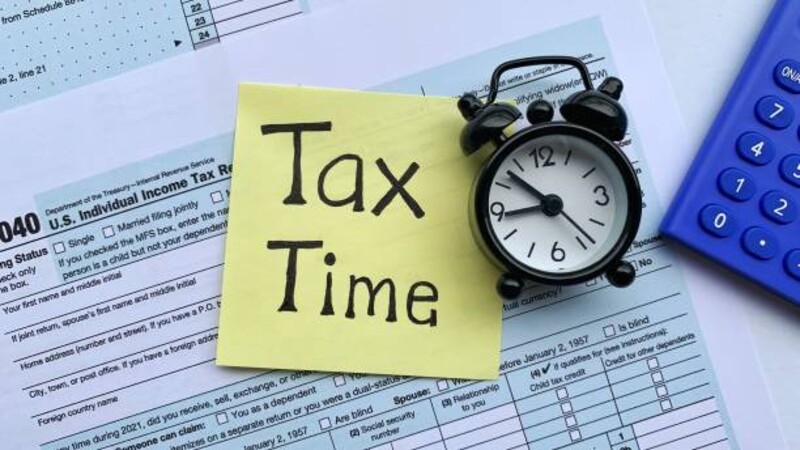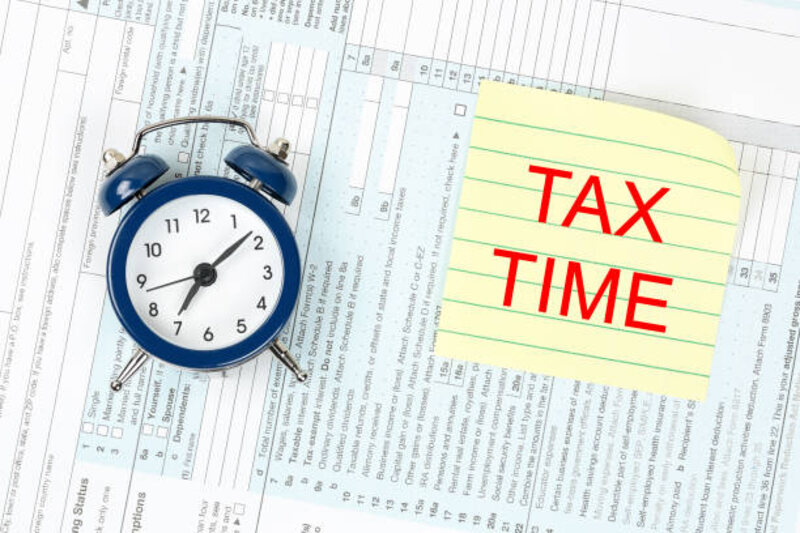Understanding The Importance of Schedule K-1 in Your Tax Filing Process
Aug 01, 2023 By Susan Kelly
If you chose to form a partnership to run your business, you know that involves more than just the typical process of filing taxes. As a partner in the business, you'll need to also file a Schedule K-1 tax form to report how much income was allocated for each partner involved. This is an important part of the taxation process and one that shouldn't be overlooked or taken lightly – if mistakes are made at this stage it could affect your ability to pay taxes on time. To ensure accuracy with filing this vital tax document we have put together an easy guide so that all partners in a partnership can properly understand what goes into Schedule K-1 and how best to prepare it for submission.
Understanding Schedule K-1 Tax Form for Partnerships
For those involved in partnerships, Schedule K-1 can seem like a daunting tax form, but understanding it is necessary for ensuring compliance with tax laws. Essentially, this form details a partner's share of income, deductions, and credits that are passed through the partnership and reported on their individual tax return.
It's important to note that partners are responsible for paying their share of taxes on their allocated income from the partnership. While it may seem complicated at first, taking the time to understand Schedule K-1 can help avoid potential penalties and ensure partners are accurately reporting their income.
Who Must File a Schedule K-1 Tax Form
Tax season can be intimidating, with so many forms and rules to navigate. One important form to be aware of is the Schedule K-1. So who exactly needs to file this form? Generally, if you are a partner in a partnership or a shareholder in an S corporation, you will be receiving a Schedule K-1. This document outlines your share of the company's income, deductions, and credits. You will use this information to complete your personal tax return. It's essential that you don't overlook this form, as failure to file can result in penalties and interest charges. Make sure to carefully review your Schedule K-1 and consult with a tax professional if you have any questions.
What Information to Include on the Schedule K-1 Tax Form
Completing your taxes can be a daunting task, especially when it comes to deciphering which forms require what information. One such form, the Schedule K-1 tax form, requires specific details pertaining to partnership income, deductions, and credits.
For the income section, you will need to note each partner's share of profits or losses, as well as any interest, dividends, or rental income. The deductions and credits section will ask for information on each partner's share of expenses, such as depreciation and amortization, and any credits received.
Remember to carefully review the instructions for this form and seek guidance from a tax professional if needed to ensure accuracy.
How to File the Schedule K-1 Tax Form
Filing taxes can seem like a daunting task for most people, especially when it comes to the Schedule K-1 tax form. However, understanding the process can make it a lot less intimidating. The Schedule K-1 tax form is used by partnerships, S corporations, and some trusts and estates to report income, deductions, and credits to their shareholders or beneficiaries.
It's important to note that unlike other tax forms, the Schedule K-1 doesn't report the actual amount of tax owed, but instead, provides information required to report income on the taxpayer's personal tax return. To file this form, it's important to keep accurate and detailed records of your income, expenses, and credits.
Seeking the help of a tax professional can also ensure that you complete the form accurately and avoid any potential errors. With a clear understanding of the process, filing your Schedule K-1 tax form can be a breeze.
Benefits of Filing a Schedule K-1 Tax Form
- Tax season involves managing numerous forms and documents.
- The Schedule K-1 form is often overlooked but offers significant benefits for certain taxpayers.
- It allows you to claim unique deductions, reducing your tax liability.
- It provides valuable information about your share of income, gains, and losses from partnerships, S corporations, or trusts.
- Especially important for business owners and investors to understand the financial health of their investments.
- Filing a Schedule K-1 form maximizes tax benefits and keeps you informed about your financial situation.
Potential Penalties for Not Filing a Schedule K-1 Tax Form
As tax season approaches, it's important to remember all the necessary forms for filing. One form that often gets overlooked is the Schedule K-1 tax form. This form is used to report income earned from partnerships, S corporations, estates, and trusts. However, failing to file this form can result in some serious penalties.
The IRS can charge up to $195 per month for each shareholder or partner for failure to file, and an additional $260 per return for those who file more than 12 months after the due date.
Additionally, failing to file the Schedule K-1 can result in an inaccurate tax return, which could lead to further penalties and possibly even an audit. It's crucial to stay informed and diligent in filing all necessary tax forms to avoid these potential penalties.
Conculsion
Schedule K-1 is a complex yet essential document for reporting taxes on partnership income. Partners receive the form and use it to complete separate tax returns with associated tax forms. Filing the Schedule K-1 on time displays attention to detail and minimizes penalties from the IRS.
Finally, combine this with an ongoing review of any changes in partnership operations or financial status as a way to help make sure your return is accurate and compliant every year. By doing so, you can better ensure compliance with regulations and maintain peace of mind that your organization’s taxes are in order.
FAQs
What is a Schedule K-1 tax form?
A Schedule K-1 tax form is used to report income, deductions, and credits from partnerships, S corporations, estates or trusts to each of the taxpayers. It outlines the individual's share of profits or losses and other items necessary for completing a personal tax return.
Who needs to file a Schedule K-1 tax form?
Generally, partners of a partnership and shareholders of an S corporation are required to file this form. It’s important to note that other entities such as estates or trusts may also need to file a Schedule K-1.
How do I file the Schedule K-1 tax form?
The Schedule K-1 form is available on the IRS website and all of the instructions necessary for filing are included in the form. Depending on your situation, you may need to file additional forms such as Form 1065 or 1120S along with your Schedule K-1.

Susan Kelly Dec 30, 2022
Insurance For The Loss Of Use And Coverage For Extra Living Costs

Susan Kelly Aug 17, 2022
What Course of Study Should a Future Financial Advisor Take?

Susan Kelly Nov 04, 2022
Meaning of House Poor

Susan Kelly Aug 28, 2023
How Do Bond Ratings Work?

Susan Kelly Oct 12, 2022
Things You Need To Know About Unfunded Liabilities

Triston Martin Oct 28, 2022